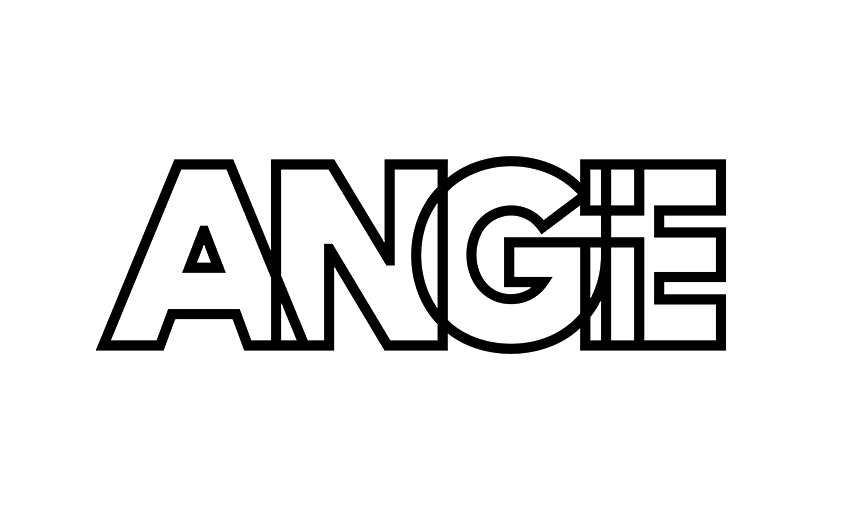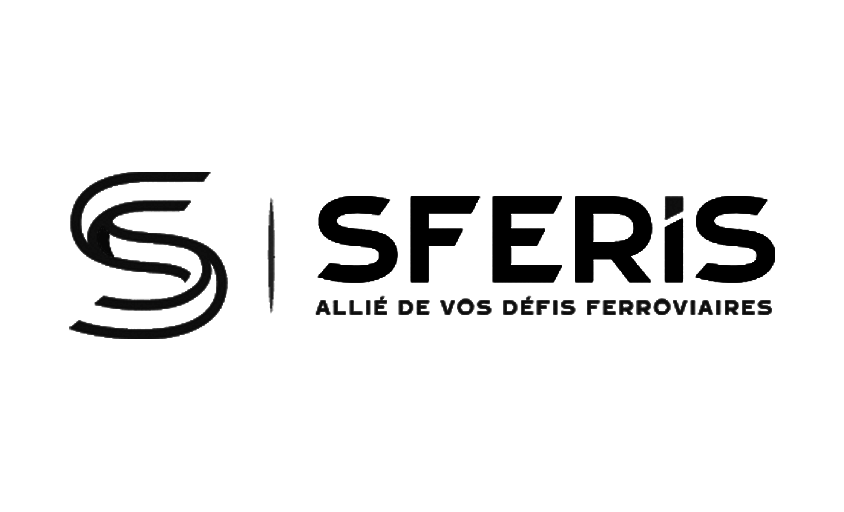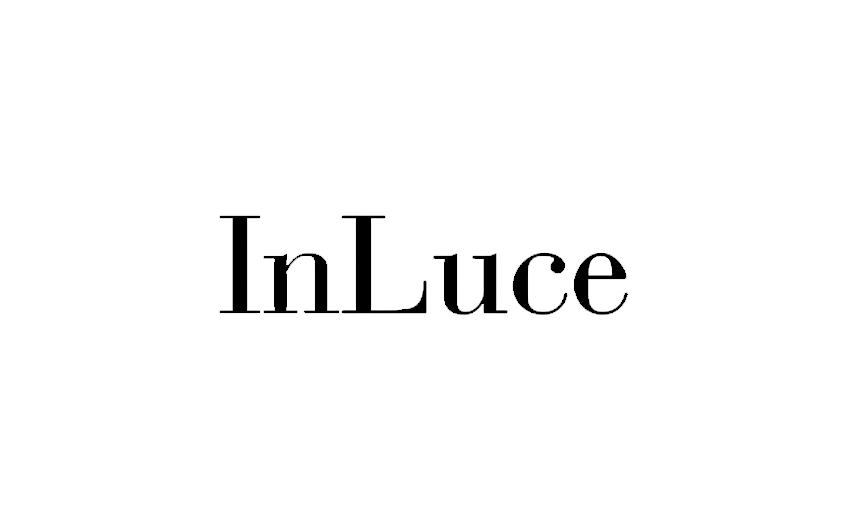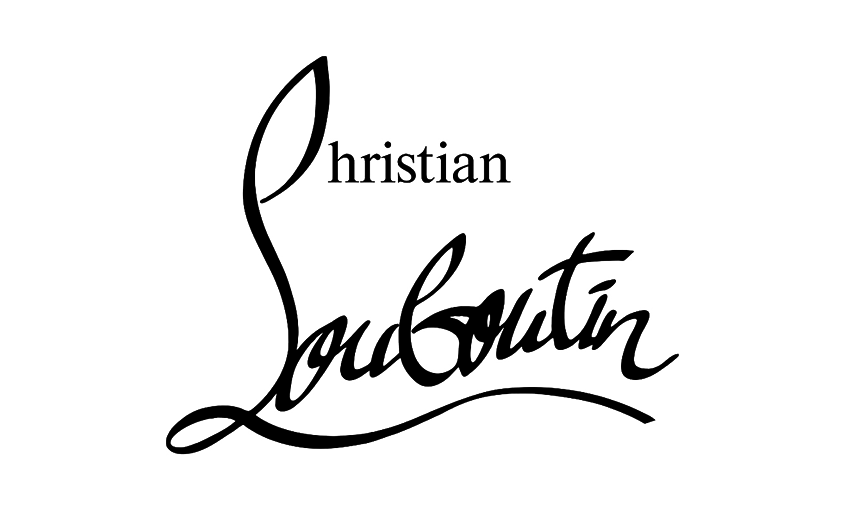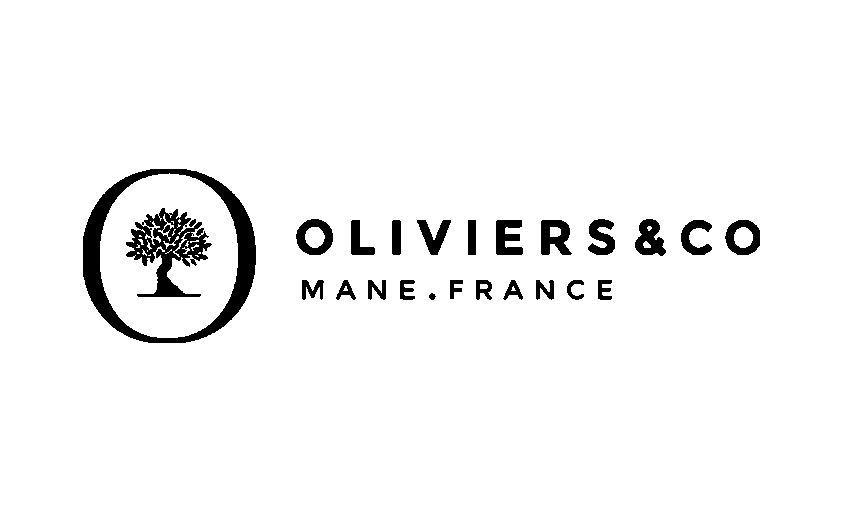How to Create an Eloquent Watch Photography Portfolio?
In this article :
In the watchmaking world, every detail matters. Watch photography is not limited to a simple aesthetic exercise: it requires rigorous technical mastery and a particular sensitivity to light, materials, and proportions. For a specialized photographer, the portfolio then becomes an essential tool. It is not just about showing images, but about building a showcase capable of convincing demanding watchmaking houses, passionate collectors, or knowledgeable enthusiasts.
An eloquent portfolio must reflect both your expertise and your vision. It demonstrates your ability to enhance a complex piece, stage its identity, and capture the spirit of a brand. When well designed, it becomes a true professional passport, opening the door to new collaborations.
What is a Watch Photography Portfolio?
A portfolio is not just a simple gallery of images. In the watchmaking field, it is a structured and carefully designed presentation meant to convince. Its mission: to showcase your technical expertise (control of reflections, rendering of materials, precision of details) while highlighting your creative style.
The portfolio must therefore combine rigor and consistency, two key values to appeal to demanding watchmaking houses.
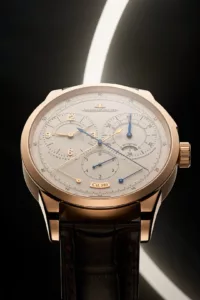
The Structure of the Portfolio
A successful portfolio follows a precise logic. It’s not about simply placing your best photos side by side, but about creating a visual journey.
Start with a strong image, a signature photo that immediately sets the tone for your level of expertise. Continue with a controlled progression: technical packshots, dial macros, then broader contextual shots. Finally, close with a striking series that leaves a lasting impression.
An independent watchmaker may appreciate an intimate, artisanal narrative, while a major brand will expect a more global and institutional presentation. It’s up to you to adapt the structure according to your audience.
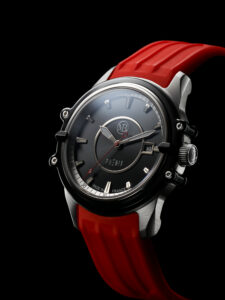
The Selection of Images
One of the classic pitfalls is wanting to show everything. Yet, the strength of a portfolio lies in selection. Fifteen coherent and impactful images are worth more than fifty scattered ones.
Vary your approaches to demonstrate versatility:
- Packshots for precision and technical mastery.
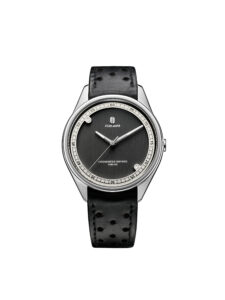
- Lifestyle to showcase the watch being worn and contextualized.
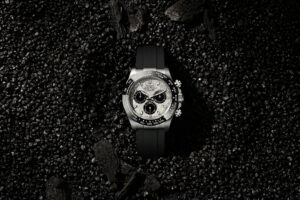
- Macros to reveal the details of the dial, hands, or materials.
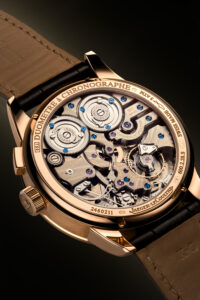
Each visual must tell a story while respecting your visual identity. Consistency takes precedence over raw variety.
Layout and Design
A poorly thought-out design can ruin the impact of even the best photos. Your portfolio should therefore be a clean and effective showcase.
- Visual minimalism: neutral colors, discreet typography, images as the main focus.
- Clear hierarchy: large images for standout pieces, grid compositions for series.
- Adapted formats: a smooth, responsive website; an interactive PDF for quick sharing; a high-quality printed book for in-person meetings.
The layout should reflect the watchmaking world: precision, simplicity, and functional elegance.
Visual Storytelling
A portfolio that simply lines up images is incomplete. To be convincing, you must build a visual narrative.
Each watch has its own identity, sporty, classic, avant-garde. Your job is to reveal it through a series of images: a mechanical detail, an overall view, then a contextual shot that expresses its use.
This progression creates rhythm and transforms your portfolio into a visual story. It shows that you are capable not only of photographing an object but of building a universe around it.
Practical Details That Make the Difference
A few additional elements can strengthen the credibility of your portfolio:
- A written introduction: your approach, your specialty, your method.
- Regular updates: a stagnant portfolio gives the impression of inactivity.
- Adapted versions: a light PDF for email, a rich website for a full presentation, a printed book for meetings.
- SEO and metadata: if you publish online, think of keywords related to watch photography to improve your visibility.
These practical details reflect the level of professionalism expected in such a demanding field as watchmaking.
Conclusion
An eloquent watch photography portfolio is built on four pillars: clear structure, rigorous selection, refined layout, and mastered visual storytelling. When well designed, it becomes a true strategic tool to convince watchmakers, luxury houses, or collectors.
At Rétines, we support watch brands in creating portfolios and images that reflect the standards of their universe, with one simple goal: combining technical precision and visual impact.
Jérémy Carlo is the editorial director at Rétines, where he ensures the consistency and clarity of all content produced by the studio.
Our Clients
Let’s discuss
What we do for you at Rétines
Meticulous work, an organised project and fast delivery. And to achieve this, we mobilise the right resources in our teams at the right time.
01
Pre-production
Artistic and technical direction tailored to the project.
Relevant recommendations on content, form and resources.
02
Photo Shooting
Photos taken by our experienced photographers.
Production that’s controlled, efficient and tailored to the needs of the project, with nothing superfluous.
03
Retouching
Technique
Photographs magnified by our retouching team.
Post-production to meet the commercial challenges of the brief.

